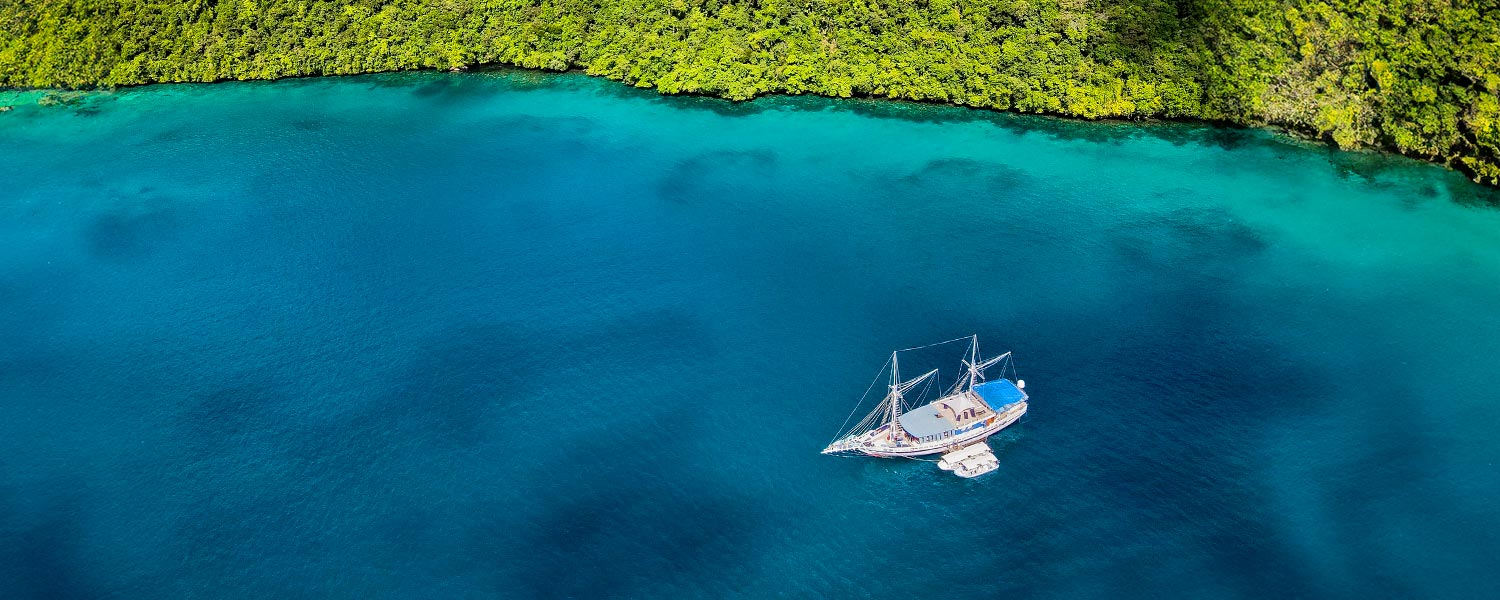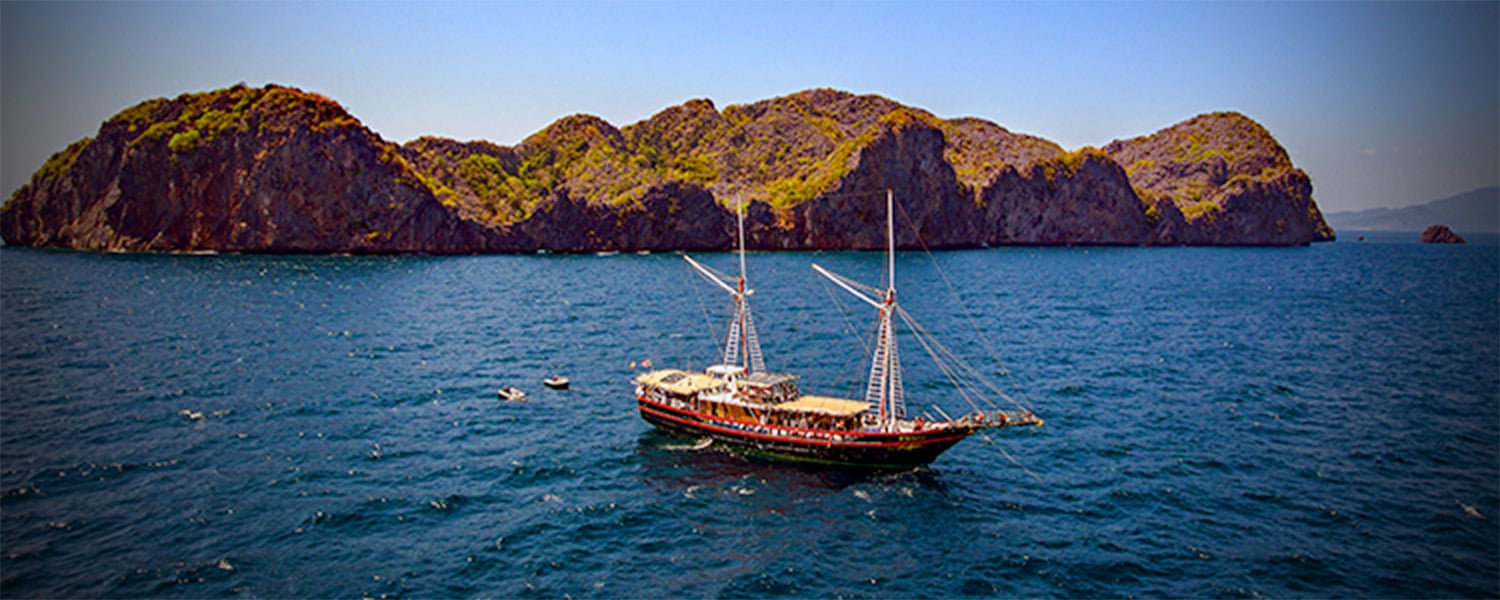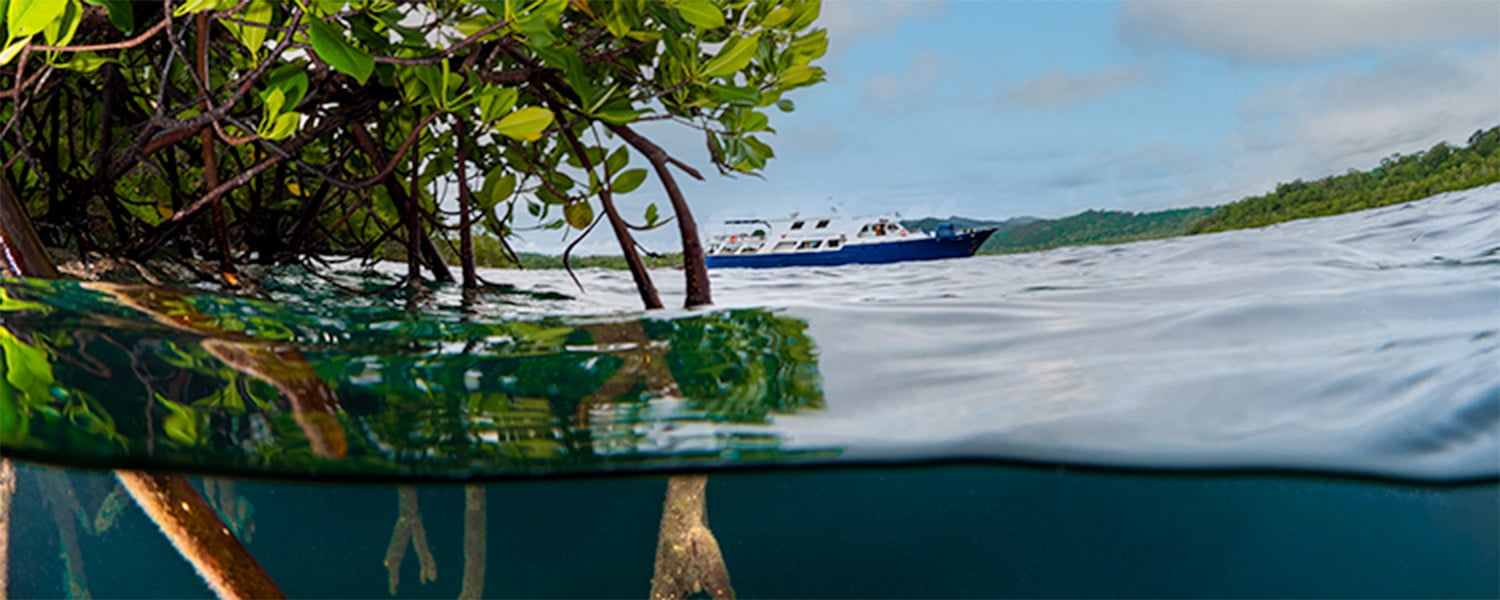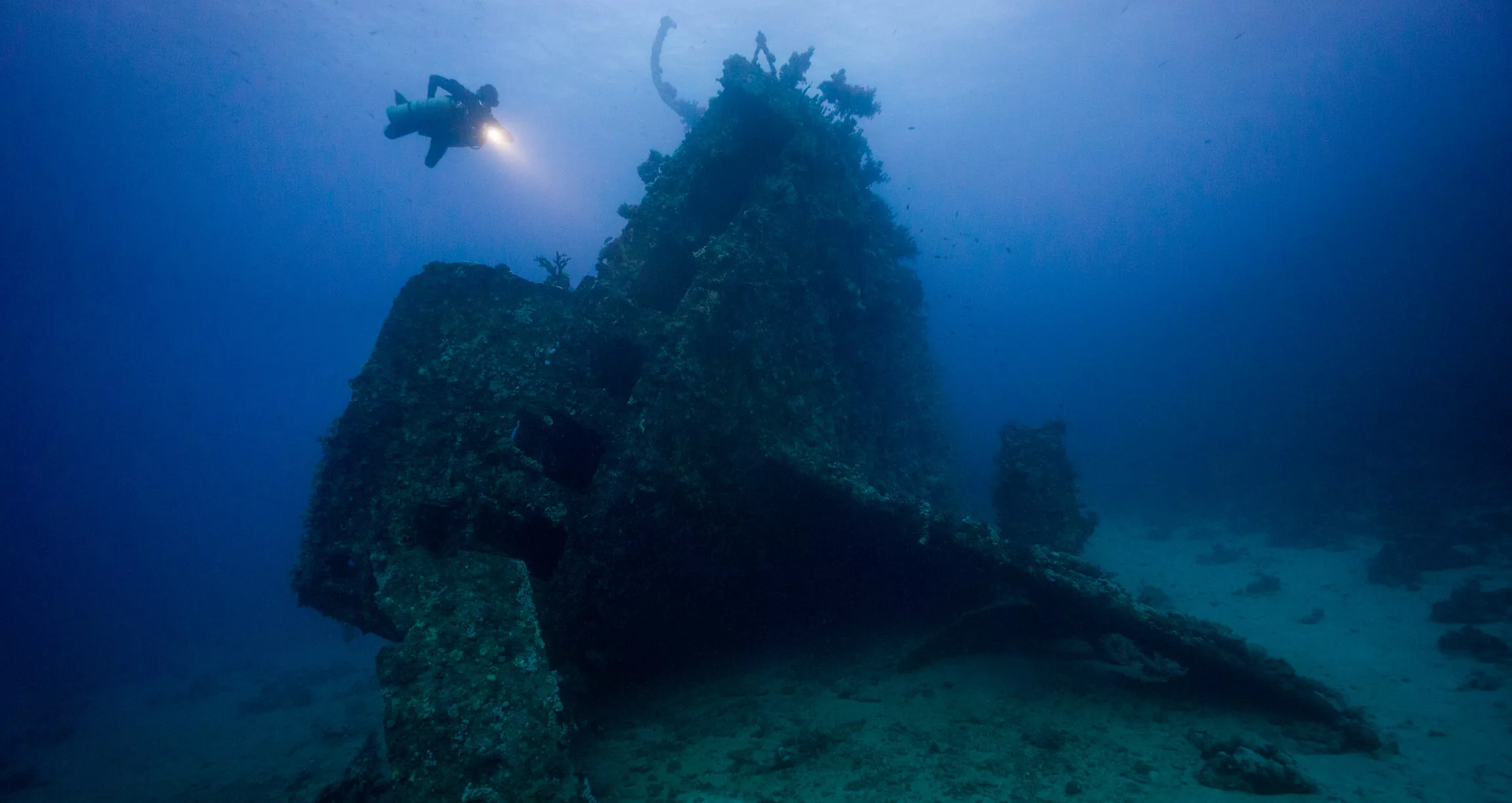Bikini Atoll is in the Marshall Islands and is likely on the list of least visited places on earth. It’s certainly one of the least visited places that people have actually heard of. Luckily for you, Master Liveaboards have a dive vessel operating there. This makes it easier for you become part of the exclusive club of travellers who have been there. Before you go though, why not brush up a little on this fabulous destination and learn 10 interesting facts.
The Bikini
Bikini Atoll is famous, or possibly infamous, for the two nuclear bomb tests (Able and Baker) carried out by the US on 1st and 25th July 1946. The fashion designer Louis Reard used the name for his daring two-piece swimsuit when he revealed it on 5th July in Paris. Reard was hoping for the same reaction that the recent mushroom clouds caused. He wasn’t disappointed.
How many tests in Bikini Atoll?
A total of 67 nuclear tests were carried out in the Marshall Islands. 23 of these were on Bikini Atoll with the remaining 44 carried out on Enewetak Atoll. While everyone has heard of Bikini, not a lot of people have heard about Enewetak. This is presumably because it does not have any skimpy swimwear named after it.
Characters from Bikini Atoll
There are 2 famous cartoon characters who come from Bikini Atoll and you should know them both. Sponge Bob (yes, he of the square pants) and Godzilla. Sponge Bob and his friends actually live in Bikini Bottom, which creator Tom Kenny has confirmed was based on Bikini Atoll.
The most famous wreck in Bikini Atoll
If there is one wreck you need to dive while in Bikini Atoll, it is the USS Saratoga CV-3. ‘Sister Sara’ was the 3rd aircraft carrier built by the US. Originally designed as a battlecruiser, she was converted to a Lexington class carrier after her original build. She was not the first ship to bear the name USS Saratoga so it is important to add the CV-3.
Sara served in multiple combat zones during the WW2. These included the iconic Guadalcanal and Iwo Jima campaigns. By the end of the war the carrier had been damaged several times and so was chosen for the nuclear tests. Solid as she was, it actually took two tests explosions to sink the Saratoga! She is now one of only three accessible carriers available to divers in the world.
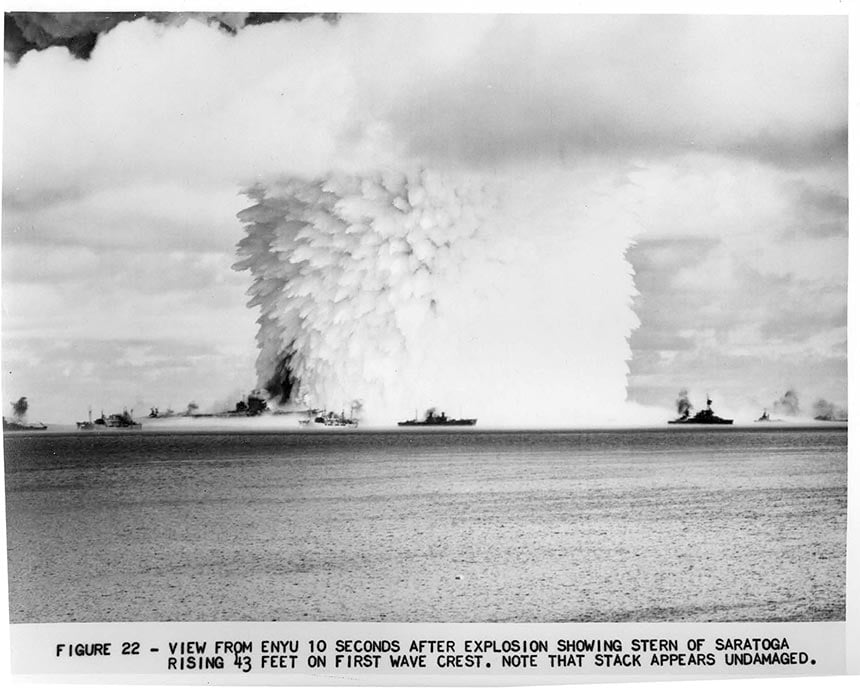
Learning Marshallese
The Marshall Islands have their own language; “Marshallese”. While visiting there is only one word you need to learn “yawk-way” (pronounced as iakwe). This word is used to say hello, goodbye, love, and directly translates to “you are a rainbow”
Marshall Islands Shark Sanctuary
The Marshall Islands declared its waters a Shark Sanctuary in October 2011. They were only the 6th country in the world to do this. Not only are their waters a sanctuary, but they are the largest shark sanctuary in the world. The sanctuary put an end to commercial shark fishing in 1,990,530 square kilometers of ocean. To put this in perspective, the area is almost 4 times the size of California!
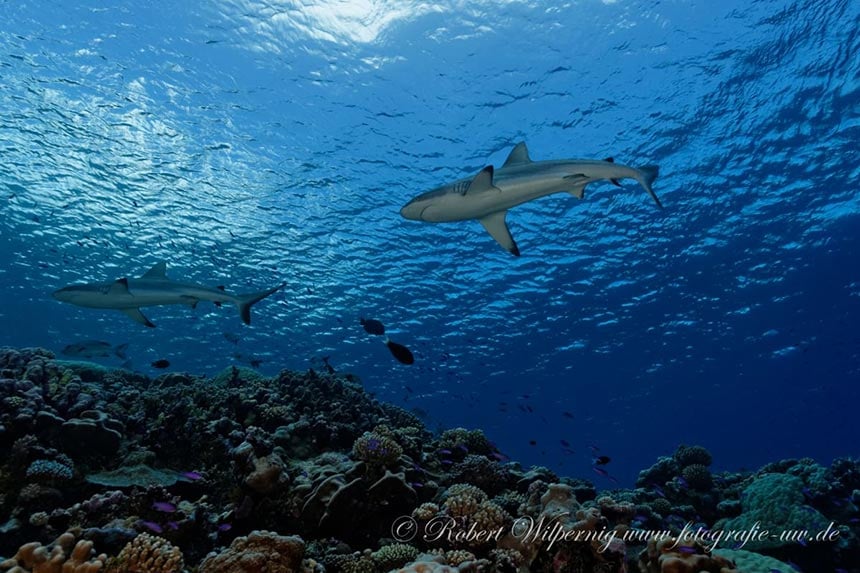
Prince Eugen
When the US began planning their nuclear testing – known as Operation Crossroads – they selected some of their obsolete vessels. They also selected ships that they had captured during WW2. One of these was the German vessel Prinz Eugen. She was a heavy cruiser, one of only two German ‘Capital ships’ to survive WW2.
The British captured the cruiser and later surrendered her to the US as war reparations. There was some kerfuffle at the time as the US did not really want her, but the alternative was that she would go to the Soviets. To avoid this the US took her, leaving the Soviets with the smaller vessel; Nuernberg.
Prince Eugen famously battled alongside the Bismarck in 1941 to sink the British HMS Hood. She also supported incursions mainly in the Atlantic Ocean, the British Channel, and in the Baltic Sea. The ship was hit and repaired multiple times and even resisted the two Bikini nuclear tests. After the tests she was towed back to Kwajelein Atoll. A minor leak could not be fixed due to radiation concerns. She eventually capsized and sank 5 months after the tests.
One of her propellers was later salvaged and can nowadays be seen in the Laboe Naval Memorial near Kiel, Germany. In 2018, the US government organised a salvage operation due to the risk of oil leak. Some 950,000 litres of fuel durting this delicate opearation.
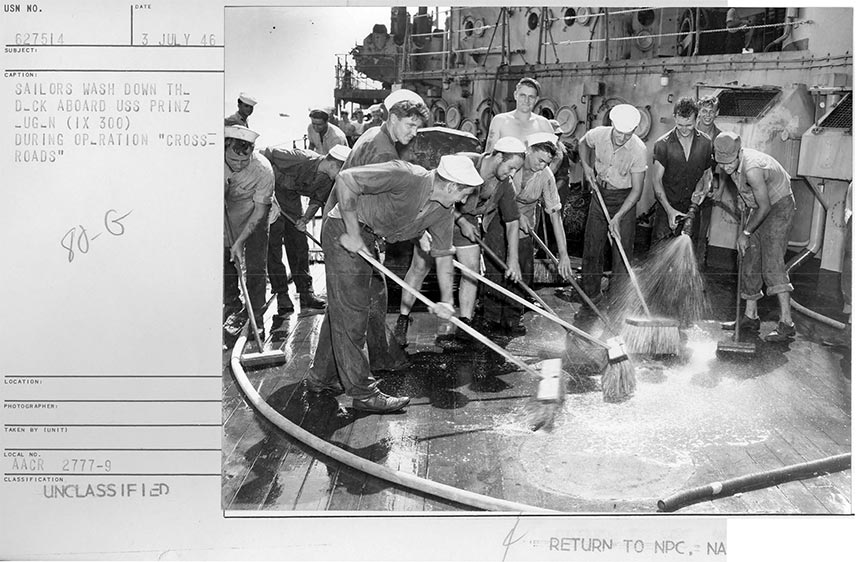
HIJMS Nagato
The HIJMS Nagato is a battleship lying upside down at 50m in Bikini Atoll. She had the dubious honour of being the only Japanese battleship still afloat at the end of WW2. Captured by the Americans in 1945, Nagato is most famous for being the ship from where Admiral Yamamoto gave the command to start the attack on Pearl Harbour. He did this using the code “Niitaka Yama Nobore” (Climb Mount Niitaka).
Nagato was not repaired after the damages suffered during her final battles. The mixed US and Japanese crew sailed her all the way to the Marshalls at 10 knots (a snails pace for a ship like this). During the journey she constantly suffered with overheating boilers and a 7 degree list! It took two nuclear explosions to finally sink her – albeit only after 5 days!
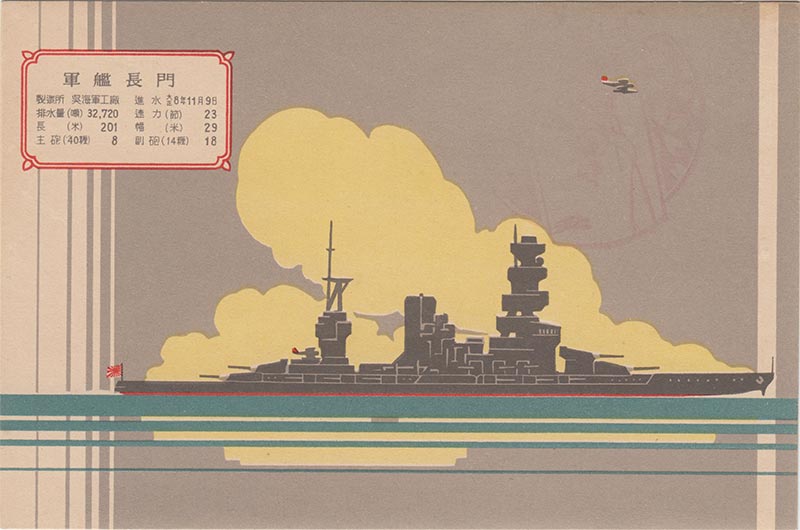
Not the only choice for Crossroads
When selecting the sites for Operation Crossroads, the Galapagos Islands were given serious consideration. A site needed to meet quite specific requirements for consideration; it had to be a sparsely populated or uninhabited area at least 500km from the nearest city. The target area also needed to have predictable weather patterns, ocean currents and winds. It also needed to be free of cold and severe storms with a protected anchorage of at least 10km width.
The search for the perfect site had started even before the task force had been created. Other serious sites considered were : Ulithi in the Caroline Islands, to the west of the Marshalls; two northern Marshall Islands sites, Bokak and Bikar; and of course Bikini Atoll. Ultimately the fact that a US base already existed in Kwajelein tipped the unfortunate scale.
The largest US nuclear test
Operation Crossroads sank most of the ships you can dive in Bikini nowadays. It was not, however, the last nuclear testing Bikini Atoll was going to see. In 1954 the US detonated their largest nuclear bomb ever – to date – at 15-megatons. You can still see the crater created by the explosion, which was 1,000 times more powerful than Hiroshima.
The bomb, known as Castle Bravo, yielded three times as much power as predicted due to some mis-calculations. Unfortunately, this meant that the fallout had not been calculated accordingly. The test greatly affected local populations, the crew, and teams conducting the tests. Many of these suffered radiation sickness. A Japanese fishing crew, miles and miles away, were even affected. You can imagine the international incident there.
The fireball from Castle Bravo was visible some 250 miles away from Kwajelein. If you imagine that you need 25-28 hours to navigate on Pacific Master from Kwajalein, it gives you some idea of distance. The fallout spread traces of radioactive material as far as Australia, India and Japan. Even the United States and parts of Europe detected traces. Though organised as a secret test, Castle Bravo quickly became an international incident. It eventually prompted calls for a ban on the atmospheric testing of thermonuclear devices.

Main image – Tech Diver – © Simon Lorenz
Many thanks to David Giacomini for assistance with archive images
